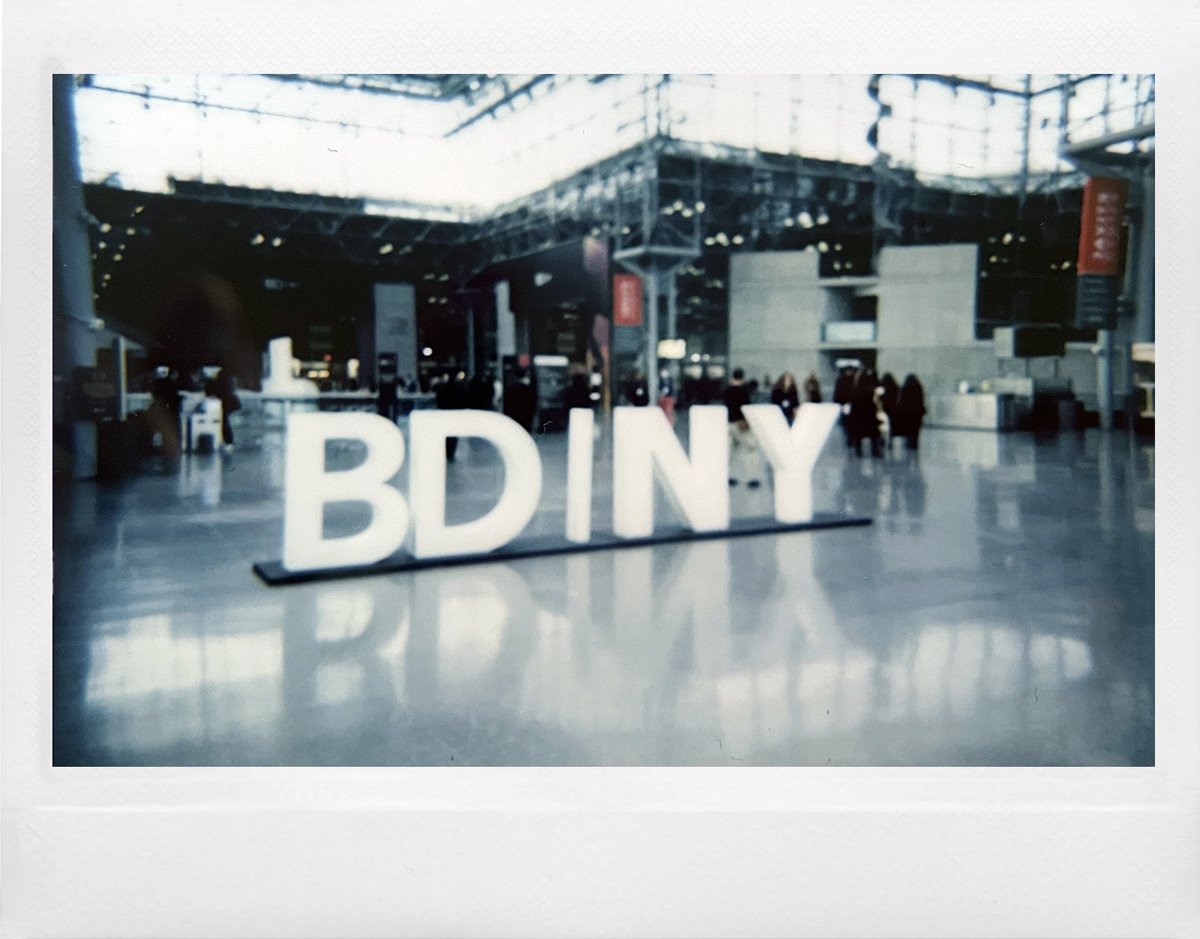Pricing work is one of the hardest things to do as an artist. If you’ve been through this process, you know the questions that circulate: Is this number too high? Am I alienating potential buyers? Am I selling my work short?
Objectively assigning a number to your creation is difficult as art prices are influenced by subjective indicators propagated both by the artist and the market.
The good news is, you can price your own work fairly. The key is to better understand how art pricing works and some of the factors that affect the market.
When pricing work on Indiewalls, you can price an original work or a licensed image. (If you’re not sure which category your artwork falls into, read this post - Originals and Licenses Demystified)
Once you’re clear on the type of work you’re selling, here are some guidelines to help get you started on pricing your work fairly and with value.
Pricing Original Artwork
If you’re a young artist or only recently started selling your work, price should be based on time, labor, and material cost. Here’s how to come up with a less-arbitrary number:
- Tally up the cost of your materials and ascribe yourself an hourly wage.
- Double the material cost and add it to your hourly wage, multiplied by the number of hours it took you to complete the piece.
When pricing an original, realize that you are articulating your value, not merely ascribing a number to your work. You should be able to stand behind the value and stick to it .
Don’t worry. Over time, you’ll become more familiar with your market and your buyers and pricing will become second nature.
Take Away: When pricing originals, factor in the time, labor, materials and size of work.
Pricing Art Prints
Pricing prints can be trickier than originals because licensing is a relatively recent artistic sales development. Keep in mind that buyers typically expect prints to be priced lower than originals and that unlike originals, licensed prints can be replicated, open editioned (meaning repurchased multiple times), and resized.
A print of your work does not detract from your original portfolio nor does it affect your body of work. A print allows your work to be in more places at a lower cost allowing for broader visibility.
With prints, you do not take factor in logistics as Indiewalls handles all production, framing, packing, and shipping. We simply require a digital highres file transfer. When strategizing print pricing, we are essentially asking you to price a one-time use of the digital image.
So, ask yourself: What does it cost to have your image displayed? What is a print reproduction of this work valued at?
We let you price prints by square inch or with custom pricing. The easiest method is to price per square inch. Simply input a dollar amount and our system will auto-populate prices at the varying size options. Customarily, prints are priced somewhere between .50 and 5$ per square inch.
When you choose custom pricing, you’ll be asked to manually input a price for each size. Custom pricing is helpful if you have predetermined license fees or know the amount you want to make per each print.
It’s important to price as many sizes as possible as the range allows clients to determine what size fits into their budget.
Take Away: When pricing licenses, remember you are pricing one print from a digital file. Do not take into account any production costs. Take into account the work you are pricing.
Keeping Things Simple
We want to make pricing as simple as possible.
This means:
- You don’t take shipping or packing cost into account when pricing work
- We clearly spell out Artist Net so you know how much you’ll receive
- If a client requests a large quantity of your prints, we reach out directly to discuss fees
We hope that by eliminating these factors, you can spend more time creating and less time worrying over your pricing.
Don’t forget… it never hurts to offer a range of pricing options. This helps you appeal to a diverse clientele and learn your own range as you move forward in your career.
We do not claim or insist that these tips are the only ways to price your work. We are open to hearing your feedback, insights, and tips on how you tackle the tricky concept of pricing. Feel free to comment and let us know what methods you follow.




